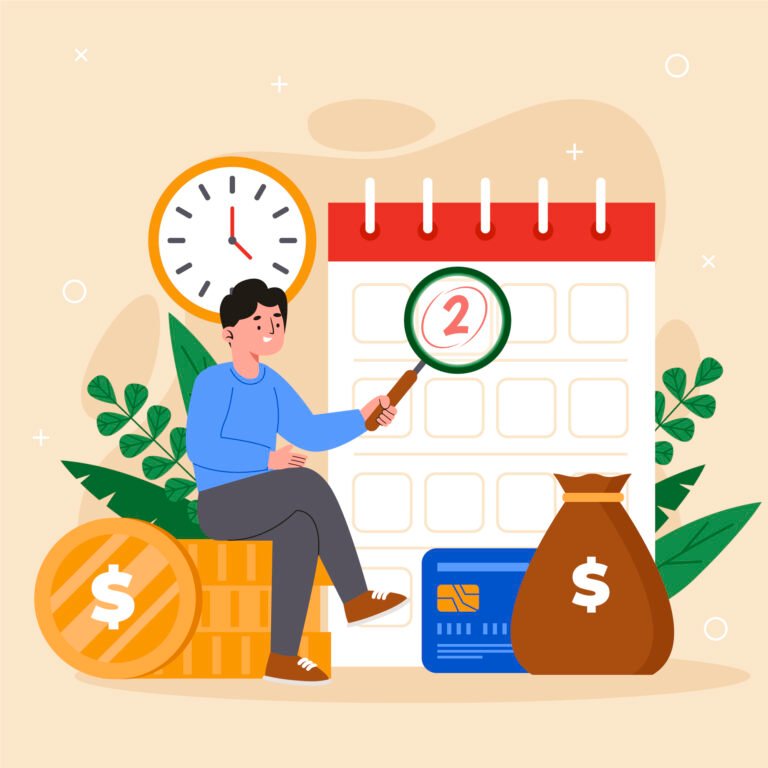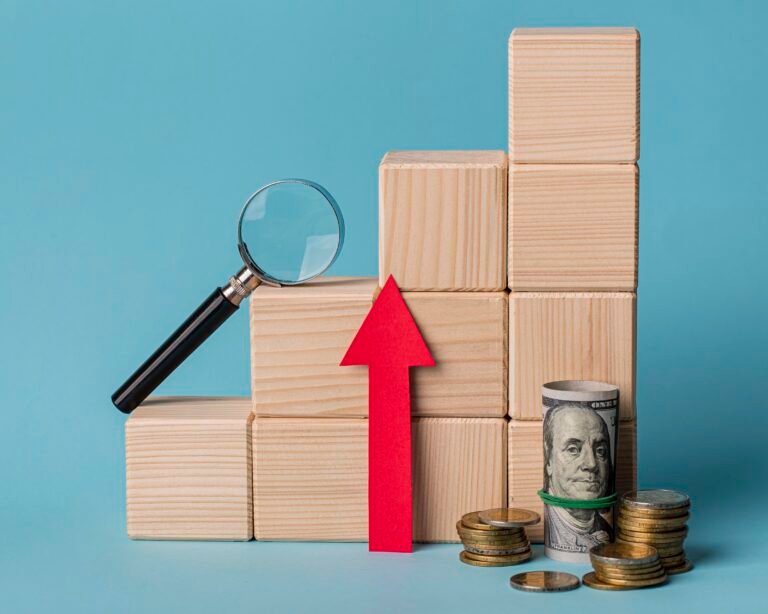Compound Interest Calculator
See how your money grows over time with the power of compound interest
Compound interest is a powerful force in long-term wealth building, where your earnings generate their own earnings over time. Unlike simple interest, which only applies to the original principal, compound interest reinvests accumulated interest at regular intervals — leading to exponential growth. The impact of compounding depends on factors like initial investment, interest rate, compounding frequency, and time horizon. Understanding how these elements interact allows you to make more strategic financial decisions, whether you’re saving, investing, or planning for retirement. Mastering compound interest helps turn small, consistent contributions into significant future value with minimal effort.
Benefits of
Understanding Compound Interest Growth
Mastering compound interest helps you:
📈 Compound Interest Calculator
Meet Elena
Example Scenario
Elena is a 25-year-old architect who just opened a savings account with an initial deposit of $10,000. She plans to leave the money untouched and wants to see how it will grow with compound interest over time.
She inputs these figures into the Compound Interest Calculator to project her investment growth:
| Detail | Amount |
|---|---|
| Initial Principal | $10,000 |
| Total Interest Earned | $11,038 |
| Future Value | $21,038 |
➡️ Final Value After 15 Years: $21,038
Elena is amazed to see her money more than double without making additional contributions. She now understands the true power of compound interest and considers setting aside more money for longer-term goals.
💡 With a clearer outlook on growth potential, Elena is more motivated to save early and consistently. The calculator shows her that time and compounding are her strongest financial allies.
How the Compound Interest Calculator Works – Simple Math Explained
✅ 1. Enter Your Initial Investment and Time Period
Start with the amount you plan to invest or save initially, and how long you want it to grow.
- Initial principal or deposit amount
- Investment duration in years
- Compounding frequency (annually, monthly, etc.)
Formula:
Principal = Starting Amount
Time = Total Years
✅ 2. Add Interest Rate and Contribution Details
Input the expected annual interest rate and any optional recurring contributions (monthly or yearly).
- Interest rate (e.g., 5%, 8%)
- Additional contributions (optional)
- Compounding multiplies your returns over time
Formula:
Future Value = P × (1 + r/n)^(nt)
Where P = principal, r = annual rate, n = compounding periods/year, t = time in years
✅ 3. See Total Value and Interest Earned
The calculator displays:
- Future value of your investment
- Total interest earned through compounding
- Comparison with simple interest (optional)
Formula:
Total Interest = Future Value − (Principal + Contributions)
💡 This tool helps you visualize how small, consistent investments can grow significantly over time — making it easier to plan savings goals and long-term financial strategies.
Why Most People Underestimate Compound Interest — And How to Harness It for Long-Term Growth
Compound interest is one of the most powerful forces in finance — yet it’s often misunderstood or underestimated. Whether you’re saving, investing, or paying off debt, understanding how compound interest works can be the difference between average and extraordinary financial outcomes. When used wisely, it allows your money to work for you — growing not only on the original amount but also on the growth itself.
You Confuse Simple and Compound Interest
Many people assume returns only apply to their original deposit — missing the true potential of reinvested gains.
Fix it: Know that compound interest grows your total balance over time because you earn interest on both the principal and previous interest.
You Don’t Realize the Impact of Time
The earlier you start, the more dramatic the compounding effect becomes — even with smaller contributions.
Fix it: Start early, even with small amounts. Time magnifies results more than high returns or large lump sums.
You Use Annual Compounding for Everything
Not all interest is compounded annually — many savings and investment products use monthly or even daily compounding.
Fix it: Match your calculation to the correct compounding frequency (annually, quarterly, monthly, or daily) for accuracy.
You Overlook Contribution Schedules
Adding money over time (like monthly savings) changes the compounding impact significantly.
Fix it: Differentiate between a single lump sum and regular contributions to calculate your future value properly.
You Ignore the Role of Interest Rate Changes
Returns aren’t always fixed, especially in volatile markets.
Fix it: Use average or conservative rate estimates and run different scenarios to understand how rate fluctuations affect growth.
You Don’t Adjust for Taxes or Inflation
Without accounting for taxes or inflation, your projected returns may be inflated.
Fix it: Calculate real interest (net of taxes and inflation) to better reflect purchasing power.
You Underestimate Exponential Growth
In the early years, growth feels slow — but in the later years, it accelerates rapidly.
Fix it: Be patient. The magic of compounding lies in its acceleration, especially after the 10- to 15-year mark.
💡 Final Thoughts
Compound interest isn’t just a formula — it’s a mindset. By investing consistently, reinvesting earnings, and letting time do its work, you can multiply your wealth without extra effort. Whether you’re building a retirement nest egg, saving for a major goal, or teaching the next generation about money, understanding compounding is essential. The earlier you start — and the longer you let it grow — the more powerful it becomes.




